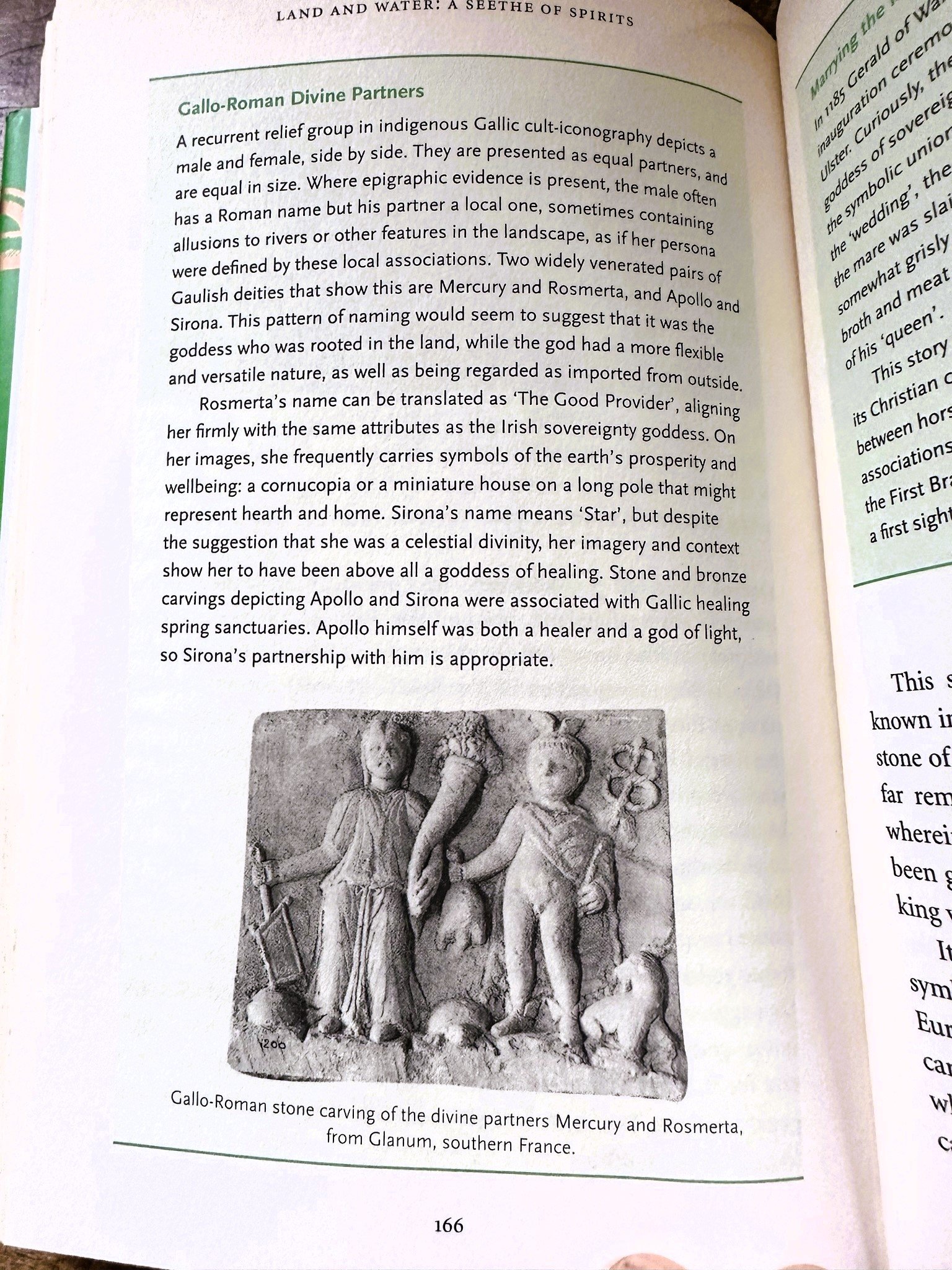I am currently reading through The Celtic Myths: A Guide To The Ancient Gods and Legends by Miranda Aldhouse-Green.. Storytelling is as old as the days of when people first gathered together to sit by a fire to keep warm. We are storytelling creatures. We frame our world in story and myth. Dream worlds are stories of the unconscious. We read stories in books - sing story in songs - look forward and back in our lives and create a story. Word of mouth tales told to us through a grapevine - might be true or not. Story has always been with us. Our visual nature and penchant for creativity sparks a natural way of being when it comes to storytelling.
“And after the mist, lo, every place was filled with light. And when they looked the way they were wont before that to see the flocks and the herds and the dwellings, no manner of thing could they see; neither house nor beast nor smoke nor fire not man nor dwelling, but the houses of the court empty, desolate, uninhabited, without man, without beast, within them, their very companions lost, without their knowledge aught of them, save they four only.”
From The Celtic Myths: A Guide To The Ancient Gods and Legends. Chapter 1 - Word of Mouth: Making Myths.
Myths, like fables, are elusive things. Modern horror films, whether about vampires, ghosts or revived Egyptian mummies, are arguably acceptable because they allow people to explore the darkest aspects of human nature within a safe environment. In a sense, the same is true of myth, but myths are much more complicated. This is in part because they are almost always associated with religious belief - and often magic - and also because contained in mythic tales are answers to some of the most fundamental human concerns: Who are we? Why are we here? Why is our world like this? How was the world created? What happens when we die? Myths also explore issues related to initiation rites: birth, puberty, marriage and death. Some, particularly those from the Celtic world, are highly concerned with morality - good and evil, chastity, violence, rape and treachery, war and ethics - with gender-roles, maidenhood, motherhood and virility; and with the ideals of female and male behavior.
Myths flourish in societies where such issues are not answerable by means of rational explanation. They are symbolic stories, designed to explore these issues in a comprehensible manner. Myths can serve to explain creation, natural phenomena and natural disasters (such as floods, drought and disease), the mysterious transitions of day and night, the celestial bodies and the seasons. They are often associated with the dreams and visions of so-called ‘holy men’, person (of either gender), with the ability to see into the future and into the world of the supernatural. Myths are inhabited by gods and heroes, and tell of the relationship between the supernatural and material worlds. They can provide divine explanations for the departures of past peoples, their abandoned monuments and burial sites, their houses and places of communal assembly: Myths can explain the origin of enmities between communities and disputes over territory. Finally, myths are often highly entertaining tales than can while away a dark winter’s evening by the fire.
Maps drawn. The concept of drawing maps and land ownership. Boundaries. Who do we keep in? Who do we keep out? How does our life play out based on how we perceive these lines randomly drawn with mostly force and ownership? Can we think of the land we stand with - as anything other than an arbitrary line on a page? The stories we might carry happen inside of these drawn out lines. A lifetime is spent traveling around in these storied mythical places. Placemaking is as old as time.
“Cu Chulainn reached Forgall’s rampart and gave his salmon-leap across three enclosures to the middle of the fort. In the inner enclosure he dealt three strokes of at three groups of nine men. He killed eight men at each stroke and left one man standing in the middle of each group. They were Emer’s three brother, Scibar and Ibor and Cat.”
Reading widely of stories, legends, myths of many places and cultures helps frame our world view. It is interesting to see where an accepted belief comes from. Perhaps a story passed down in a family, a community or an entire culture continues to shape us. As we shape the world the world shapes us. This book of Celtic Myths helps distill where some ancient myths have come from and continue to play out in so many ways in our lives. We are creatures of habit and evolution.
“I am trying to Evolve”





